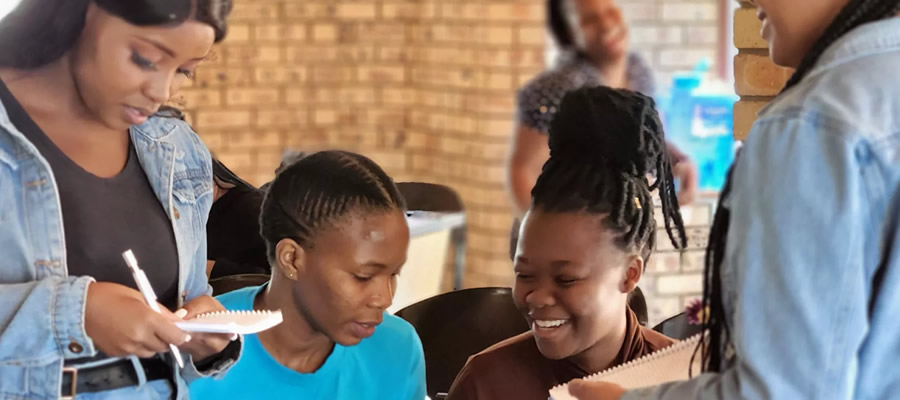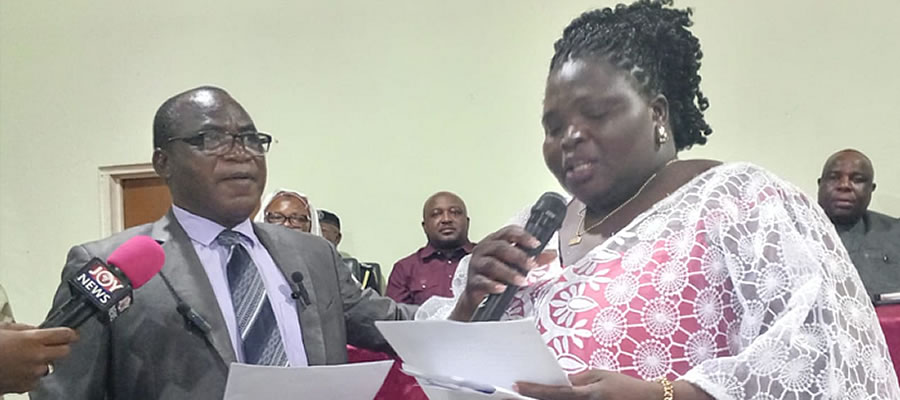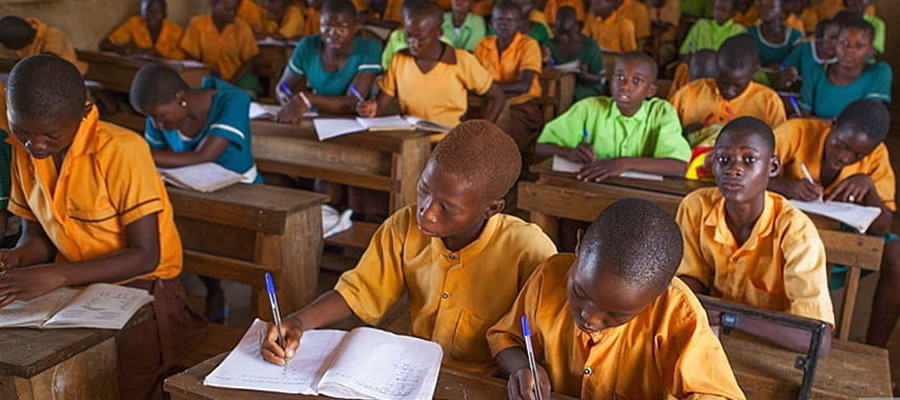

The district is currently served by small towns and rural water systems, which are owned and managed by communities through their water boards. The facilities include the pipe system boreholes and hand dug wells. While most of the facilities are publicly owned others are private. Presently most hand dug wells are low yielding and not capable of providing water all year round and have since dried up. In view of this the district is now relying heavily on the pipe system and boreholes as the only reliable sources of water supply to communities.
The existing sanitation facilities in the district include Septic tanks, Ventilated Pit Latrine (VIP), Kumasi Ventilated Improved Pit Latrine (KVIP) and Water Closets, which can only be found in institutions and the privately owned houses.
Water Facilities
Pipe systems - there are 8 pipe systems in the district located in 8 communities, six (6) are private, belonging to health and religious institutions whilst two (2) are public managed by communities. This number has remained unchanged as compared to the number of facilities at the beginning of 2002.
Boreholes with pumps – there are 240 boreholes located in the communities, out of these, 119 are functional and 121 needs rehabilitation. However 53 of the boreholes are privately owned. Compared to the number of boreholes at the beginning of 2000, the construction of new boreholes has increased by more than 30%. This achievement have had no impact on the water supply coverage in the district in view of increased number of broken down boreholes and other that require rehabilitation.
Presently there are about 27 communities are without any form of water facility to obtain potable water. Communities including Pelbuo and Naro have been victims of the guinea worm disease as a result of the non availability of potable water. The table below shows the number of water facilities available in the district.
Going by the DWST standards the calculated coverage or number of people served by functional facilities, about 59,825 people representing 67.1% of the total estimated population have access to potable water. Compared to the regional and national coverage of about 90% and 74.1% respectively the district is performing in terms of the provision of improved water supply to the people.
With the advent of CBRDP, it is envisaged that most communities who have no access to potable water sources will have the opportunity to access funds to enable them get boreholes and other water systems to increase the percentage coverage in the District. Some of the major problems prevention the expansion of water supply coverage is poverty levels of communities who are unable to provide counterpart funding for water projects as well as delays in the release of funds by development partners for implementation of water projects.
Sanitation facilities
The existing sanitation facilities in the district include, Septic tanks, Ventilated Pit Latrines (VIP), Kumasi Ventilated Improved Pit Latrines (KVIP) and Water Closets. See table 25 below. The VIP’s and Water Closets are private while the KVIP and Septic tanks are public. It is currently estimated that 11.1% of current population have access to sanitation facilities. However due to improper management and maintenance most of the facilities have been neglected and people resort to free range open defecation which poses serious environmental and sanitation problems.
In finding permanent solutions to the sanitation problems the District Assembly is now emphasizing on household toilets and hygienic education, to ensure a sense of ownership of facilities and their proper maintenance. The achievement of this objective will to a large extend improve upon the current sanitation situation in the district.
Date Created : 11/16/2017 2:41:08 AM












 facebook
facebook
 twitter
twitter
 Youtube
Youtube
 +233 593 831 280
+233 593 831 280 0800 430 430
0800 430 430 GPS: GE-231-4383
GPS: GE-231-4383 info@ghanadistricts.com
info@ghanadistricts.com Box GP1044, Accra, Ghana
Box GP1044, Accra, Ghana